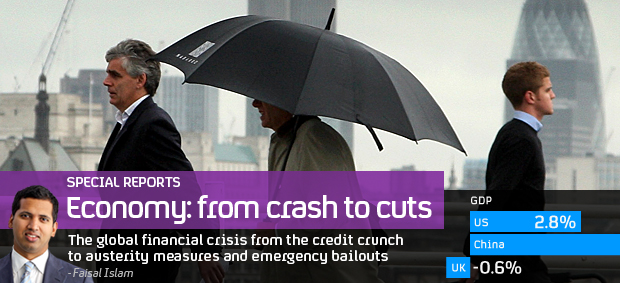RBS report to blame errors and ‘light-touch’ controls
A report into the failure of Royal Bank of Scotland (RBS) by the FSA will blame light-touch regulation and a catalogue of financial errors for pushing it to a taxpayer bailout in 2008.
The report, published by the Financial Services Authority (FSA) on 12 December, will shed light on what went wrong in the lead-up to RBS’s $45bn bailout by the UK government. And it is likely to criticise aspects of the FSA’s own work.
According to today’s Sunday Times, the document will say the FSA failed to spot problems at the bank because it was under political pressure to operate a hands-off regulatory regime.
RBS, which is now more than 80 per cent owned by the UK taxpayer, needed rescuing amid the 2008 credit crunch after being weakened by the disastrous £50bn acquisition of Dutch bank ABN Amro in 2007. The RBS chief executive at the time was Sir Fred Goodwin.
The report is likely to recommend that banks should gain regulatory approval for significant acquisitions, and possibly also obtain independent advice about such deals.
It is expected to outline six principal reasons for RBS’s downfall, including excessive reliance on riskier short-term funding and inadequate due diligence ahead of the ABN Amro takeover.
Bad decisions
In a 300-word report released last December, the FSA said it had found no evidence of fraud or dishonest activity in the lead-up to the crisis, although RBS made a series of bad decisions.
The full report is being published at the request of the Treasury select committee, which said the original statement summing up its investigations failed to answer important questions or show that lessons had been learned.
The FSA has said tomorrow’s publication will not include a blow-by-blow account of RBS’s failure, and those hoping for an investigation into the leadership of Sir Fred Goodwin are likely to be disappointed.
RBS was expanded aggressively under Sir Fred’s eight-year leadership. He was replaced by Stephen Hester after the bank’s bailout. By the time of its collapse, its balance sheet was bigger than the entire UK GDP.
